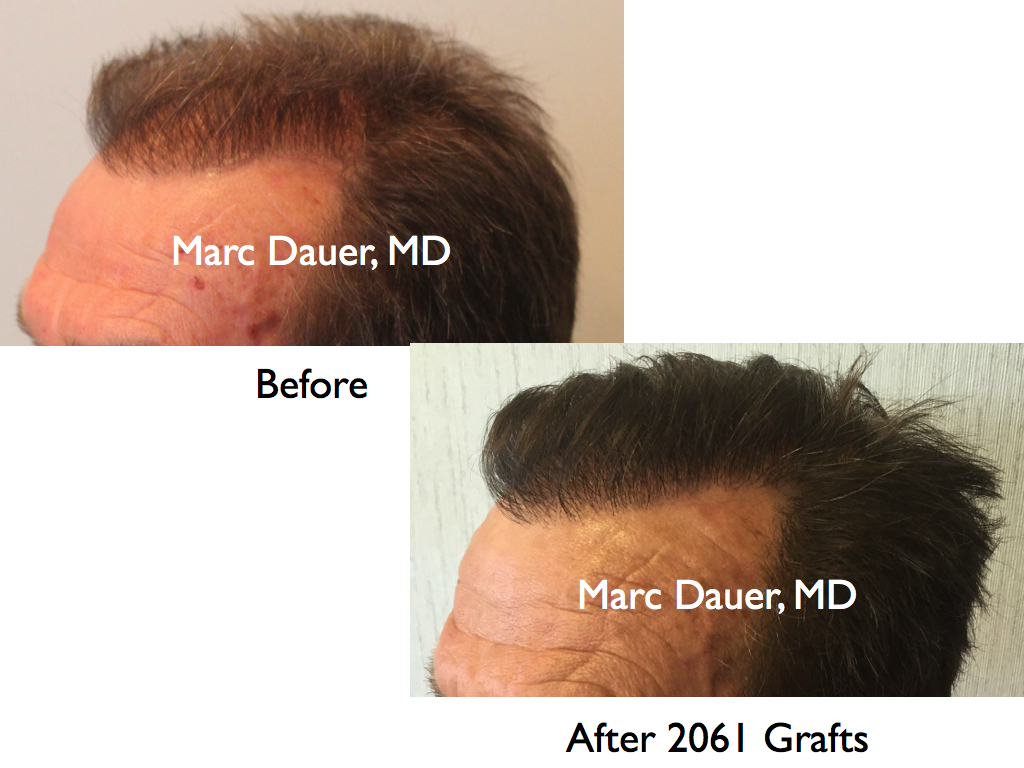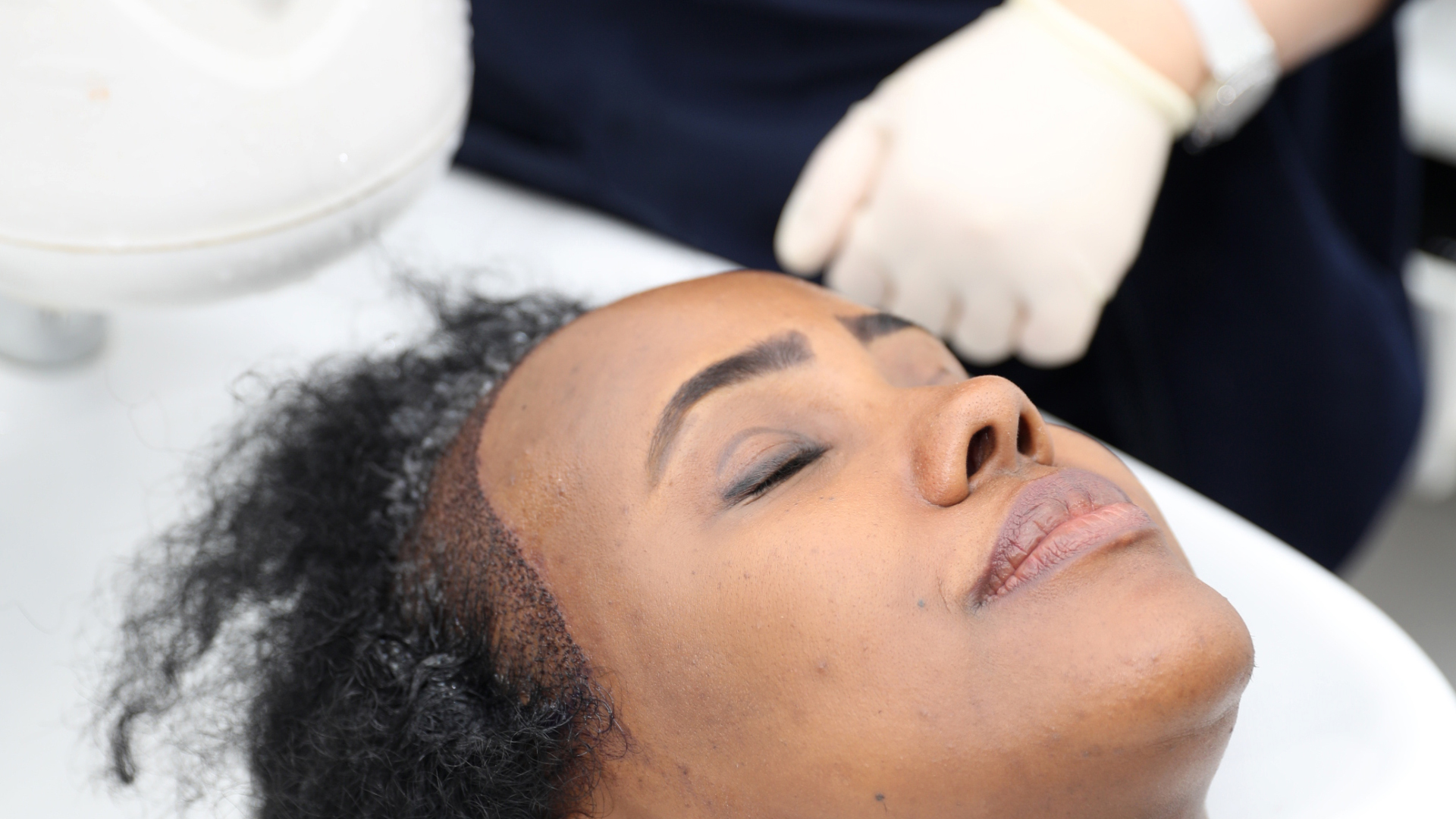Table Of Content

So how do hair transplants work today in comparison to the hair plugs of the past? Thanks to modern technology, the hair transplants available today are much more advanced and offer more natural-looking results than traditional hair plugs. While both methods remove hair follicles from your head and add them to the areas where you’re experiencing hair loss, a modern hair transplant does it with far better results. This is because modern hair transplants use individual follicular unit grafts as opposed to the larger grafts used in hair plugs.
What are the different types of hair transplant surgery?
Doctors may also recommend them as a treatment for alopecia, which causes hair loss. It refers to a temporary hair loss at the site of the hair transplant. More than 50 percent of women will also experience a noticeable amount of hair loss in their lifetime.

What are the risks of hair transplant surgery?
You should factor in time off work for recovery when considering the cost. Most companies don’t cover hair transplants under medical leave policies. Hair transplants aim to restore hair growth to areas of the scalp with limited or absent growth. They are effective treatments for many types of hair loss, but they cannot stop future hair loss. The strip of scalp that is removed is divided into tiny sections called grafts, each containing just one hair or a few hairs. These are each relocated to the balding areas being treated, known as the recipient sites.
Negative reaction to anesthesia
If you continue to lose excess strands a day, it might be time to consider something more permanent, like a hair transplant. They may require touch-ups as native hair continues to thin in areas of the scalp prone to hair loss. It's always wise to save some viable hair grafts in the donor zone at the back of your scalp if you decide to have another hair restoration surgery later in life.

Who Isn't a Good Candidate for Hair Transplant Surgery?
Turkey Hair Transplants: 5 Warnings From Experts - NewBeauty Magazine
Turkey Hair Transplants: 5 Warnings From Experts.
Posted: Fri, 23 Feb 2024 08:00:00 GMT [source]
Some people return to work the very next day, others take a bit longer. You will want to refrain from strenuous activities and keep physical activity to a minimum for several weeks. It’s important that you follow aftercare instructions exactly as your Bosley Physician recommends. There is controversy about this, as some say that a tiny percentage of the extracted hair grows back. But if we look at it, the entire hair follicle is removed from the back of the head, so the hair does not grow back. To avoid gaps in the donor area, an expert doctor must be chosen who has a medical staff with full knowledge of how to extract the follicles accurately.
After the procedure, you’ll be provided with a personalized aftercare plan. In some FUT cases, you may be asked to return the next day for professional hair washing and an inspection of the donor and recipient site(s). This one-day outpatient procedure is quick and easy, and in most cases, you’ll be able to return to work the next day. Hair density can also play a role in determining whether you’re a good candidate for a hair transplant, as you need to have enough hair at the donor site to allow for the transplant procedure.
This is one of the most convenient and economical ways to address hair loss. According to Dr. Doshi, hair transplants cost between $10K to $50K by top surgeons in the United States, in comparison to the $3,000 charged in Istanbul. Most people who have hair transplants notice substantial hair growth in the areas where hair was transplanted within a few months.
Who is a good candidate for a hair transplant?
Male- and female-pattern baldness aren't the only conditions that might prompt someone to seek a hair transplant. You might also be a candidate for a hair transplant if you've experienced hair loss from other causes, such as injuries or lupus. While these advances are giving patients natural-looking results, the outcome still depends largely on the surgeon you select. You want to choose a doctor who understands hair loss and performs hair transplants regularly. But if you’ve talked with your doctor about treatments or found that other common hair regrowth treatments hadn’t worked for you, consider looking into a hair transplant.
In follicular unit extraction (FUE), the hair follicles are cut out directly from the back of the head through hundreds to thousands of tiny punch incisions. A hair transplant, which moves hair from one place to another on your head, can be done in several ways. To be a good candidate, you'll need to have thicker areas of hair on your head.
To ensure comfort during the surgery local anesthesia is usually administered to numb your scalp. Getting a hair transplant throughout the year is possible, but extra care must be taken during summer, especially for those who live in hot areas. They must avoid direct exposure to the sun and excessive sweating to prevent infections. You may be prescribed antibiotics or other treatments to accelerate the healing process. This method has become outdated now, requiring more prolonged recovery and downtime. Usually, hair from the back of the head is used and transplanted into the beard.
Your hair's color and texture might affect how much hair needs to be transplanted. Coarse, gray, or light-colored hair can provide more coverage than fine, dark hair. Free to everyone, these materials teach young people about common skin conditions, which can prevent misunderstanding and bullying.
FUT and FUE may each take several hours to several days to complete. In part, this depends on the amount of work performed by the surgeon. The first transplant was performed in 1939 in Japan with single scalp hairs. In the following decades, physicians developed the “plug” technique. You’ll have an appointment with your care team before the surgery takes place, and you’ll be told how you should prepare for the surgery.
Prior to the procedure, hair will be trimmed from the donor site(s) to facilitate removal of hair follicles or grafts. Local anesthesia is administered to numb the donor area while grafts are removed. Most patients typically only need one procedure but depending on hair restoration goals, future loss of native hair, and the number of grafts received, patients can opt for future procedures. During a hair transplant, hair follicles are taken from the donor area, located at the back of the head between the two ears. This is the safest area because the hair follicles are not affected by the DHT hormone, which causes hair loss. Hair transplantation for men or even hair transplantation for women is the most required type for those who suffer from baldness or hair thinning.

No comments:
Post a Comment